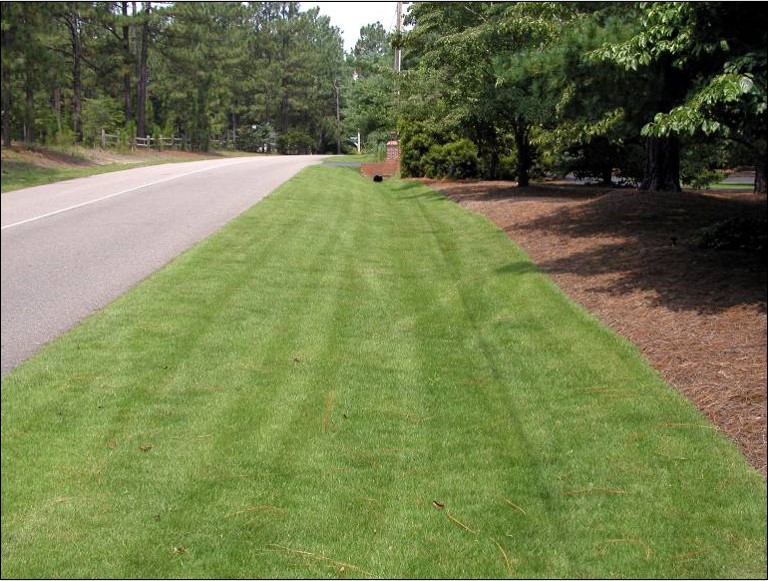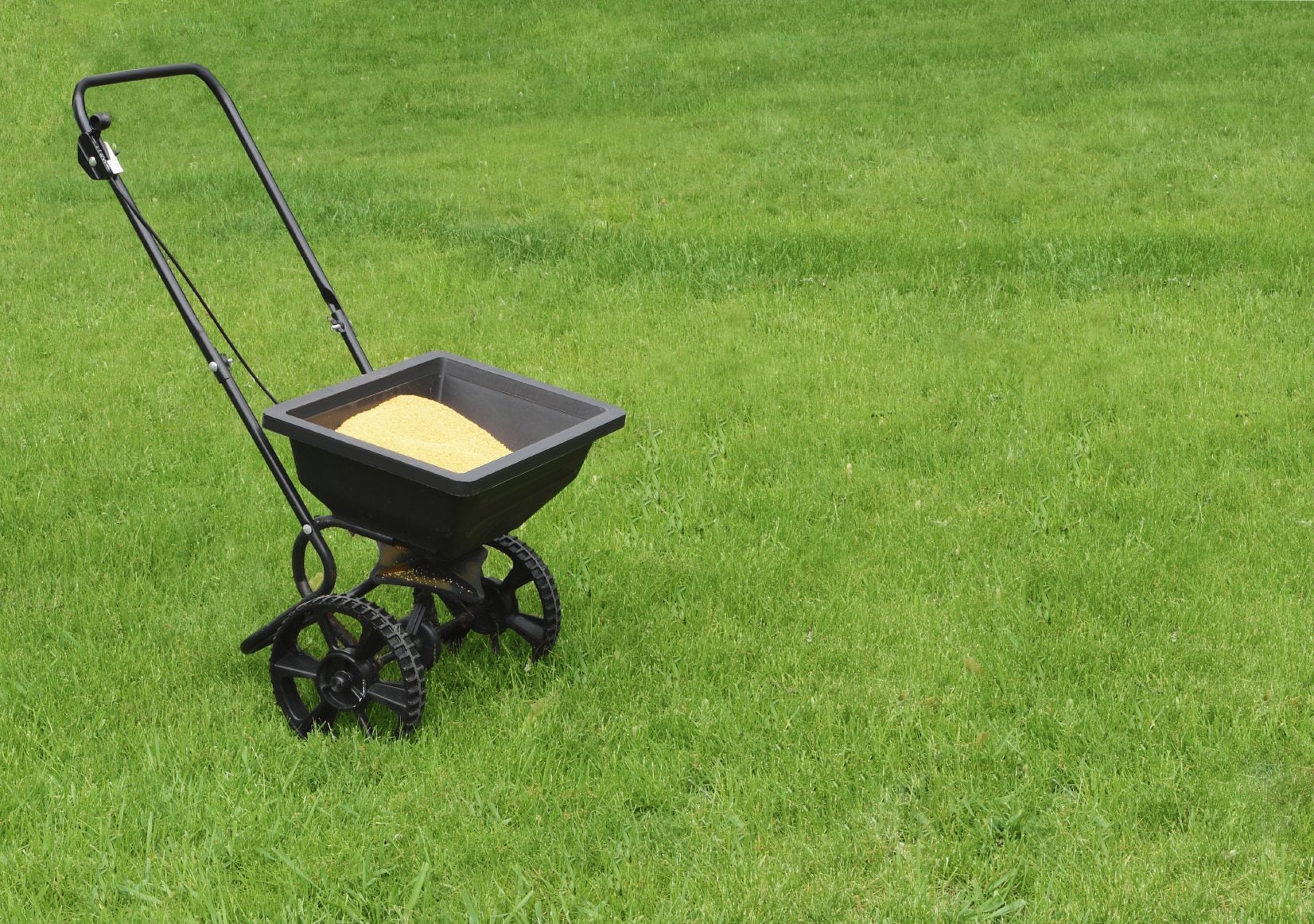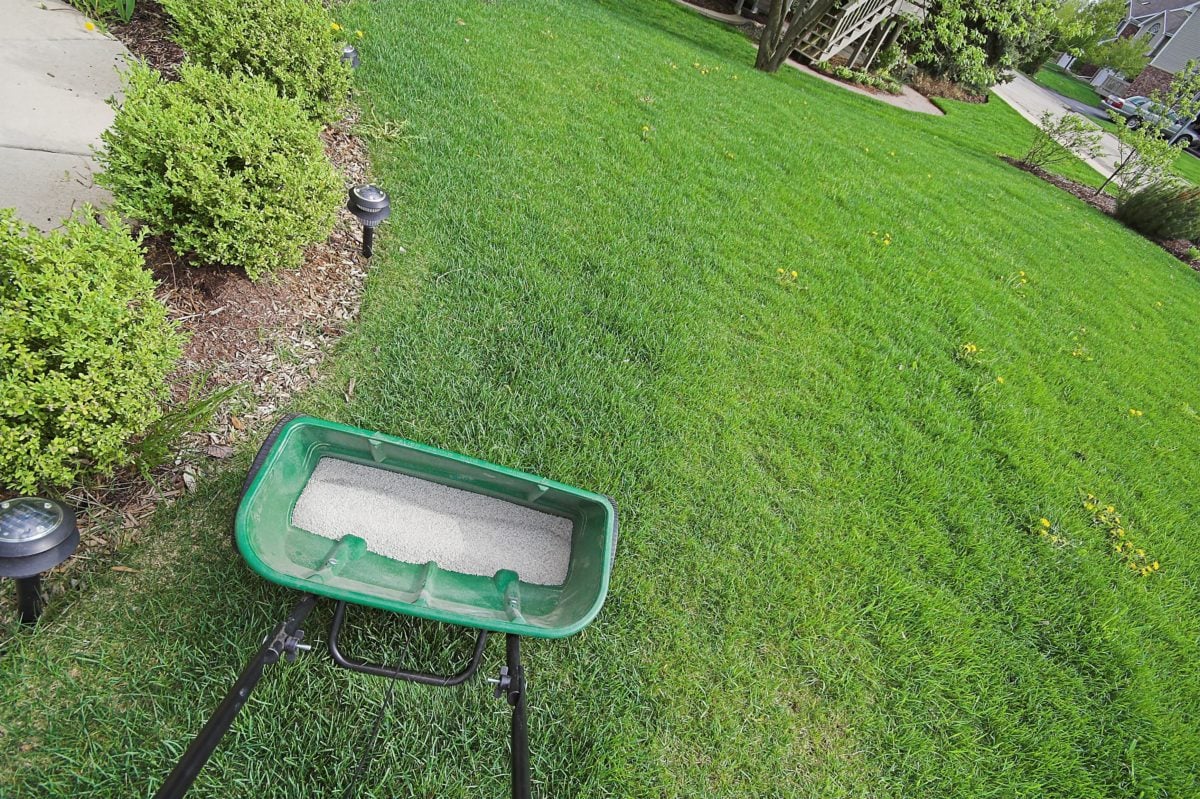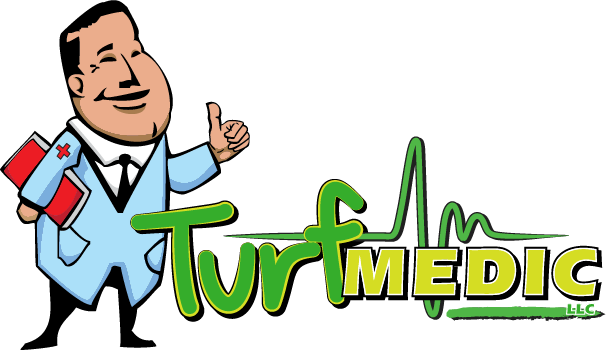Welcome to Turf Medic, where we are dedicated to providing top-quality lawn care services for all our clients. As much as we love maintaining and treating your lawn, we also want to ensure you have all the necessary information to keep it in its best condition.
In this blog post, we will be discussing a common question that many homeowners ask us: How long do you stay off the lawn after treatment? Read on to find the answer and learn more about lawn care maintenance.
Understanding Lawn Treatment Programs and Post-Treatment Care
Before we dive into the duration of staying off your lawn after treatment, it’s essential to understand what happens during a lawn treatment program. A lawn treatment program typically involves applying fertilizers, herbicides, and pesticides to keep your grass healthy and weed-free.
After a professional application, you should expect to see results within 24-48 hours. However, it is crucial to remember that these chemicals need time to do their job fully. Therefore, proper post-treatment care is essential for the success of your lawn treatment program.
Keep Off Lawns: The Crucial Hours After Fertilization and Weed Treatment Program
After a lawn treatment, keeping off your lawn for at least 24-48 hours is recommended. This guideline is crucial for the following reasons:
- Allow Proper Absorption: When herbicides and pesticides are applied to your garden, they need time to be absorbed by the plant’s roots and effectively do their job. Walking on freshly treated lawns can disrupt this process and reduce the effectiveness of the treatment.
- Prevent Skin Irritation: Some chemicals used in garden treatments can cause skin irritation and allergic reactions if they come into direct contact with your skin. It’s best to stay off your garden during this period to avoid any potential health risks.
- Avoid Tracking Chemicals Indoors: Walking on freshly treated lawns can also lead to tracking chemicals indoors, especially if you have pets or children playing on the garden. This can not only harm your family’s health but also spread the chemicals into areas not intended for treatment.


3. Protect Pollinators and Beneficial Insects: Many lawn treatments contain chemicals that are toxic to pollinators and beneficial insects such as bees and ladybugs. By staying off your garden for a couple of days, you give these important creatures time to avoid any potential harm from the chemicals.
4. Avoid Reapplication: Walking on freshly treated lawns can cause footprints or marks, making it difficult for the next application of herbicides or pesticides to cover the entire lawn surface evenly. This may result in uneven treatment and require additional applications, leading to more chemicals being used.
Lawn Aeration and Renovation: Maximizing Grass Recovery and Health
Lawn aeration and renovation are pivotal for maximizing grass recovery and health. After any lawn treatments, staying off lawns is important to allow grass to repair. Landscaping can flourish when you follow this, knowing when you can safely enjoy your garden after these essential care steps.
Here are some tips to help guide you in the process.
- Know Your Lawn: Before beginning any aeration or renovation process, understanding your lawn and its specific needs is crucial. Factors such as grass type, soil type, climate, and current condition of the garden can all affect the success of these treatments.
- Aerate Regularly: Aeration involves perforating the soil with small holes to allow air, water, and nutrients to reach the roots of the grass. This helps improve root growth and the overall health of the garden. It is recommended to aerate once a year for cool-season grasses and twice a year for warm-season grasses.
- Use High-Quality Equipment: Investing in high-quality equipment for aeration and renovation will yield better results and save you time and effort in the long run. Look for a sturdy aerator with sharp tines that can penetrate the soil easily.
- Consider Overseeding: Overseeding is the process of spreading new grass seed over an existing garden to fill in bare spots, improve density, and introduce new turf varieties. This can help rejuvenate a tired-looking garden and make it more resilient to stressors such as drought or disease.
- Choose the Right Time: Timing is crucial when it comes to aeration and overseeding. The best time to aerate cool-season grasses is during their active growth periods in spring or fall. Aeration should be done for warm-season grasses in late spring or early summer when they are actively growing. Overseeding should be done in early fall for cool-season grasses and in late spring for warm-season grasses.
- Properly Prepare the Lawn: It is important to prepare your lawn properly before aerating and overseeding. Mow the existing grass to a shorter length than usual, typically about 1-2 inches tall. This will allow the new seeds to make contact with the soil more easily. Watering your garden thoroughly a couple of days before aeration and overseeding is also recommended.
How Long to Stay Off Lawn After Treatment: A Guide to Fertilizer and Weed Control
After aerating and overseeding or fertilization treatment, it is important to stay off the lawn for a period of time to allow the new seeds to germinate and establish themselves. This will ensure the best results for a healthy and lush lawn.
The amount of time you should stay off your lawn after treatment can vary depending on factors such as temperature, type of grass, and type of treatment used. It is important to follow specific instructions provided by your lawn care professional or product label.
Generally, staying off the lawn for at least 24-72 hours after application is recommended for traditional fertilizer treatments. This allows the fertilizer to absorb into the soil properly without interference from foot traffic. However, with a slower release of organic fertilizers, it may be safe to walk on the lawn immediately after application.
Staying off the lawn for at least 24-48 hours is important for weed control treatments. This gives the herbicide time to work and prevent any potential harm to humans or pets. If possible, avoiding contact with the treated area for up to a week is best.
In hot weather, waiting longer before walking or playing on the lawn may be necessary after treatment. This is because high temperatures can cause chemicals in treatments to become more volatile and potentially harmful. It is always best to consult your lawn care professional for specific instructions based on location and climate.

Effective Control Treatments: Timing Your Return to a Treated Lawn
After applying effective control treatments, keeping off your treated garden is crucial. Timing your return is essential; stay off the garden for the recommended period post-treatment. Whether fertilizing or weed control, adhering to this timing helps maximize the treatment’s benefits and ensures chemical safety.
Lawn renovation and insect control require you to be off the treated area for specific periods. Please follow these guidelines to ensure a healthy and beautiful lawn.
How Long Should Pets Stay Off The Lawn After Fertilizing?
After fertilizing, it’s crucial for pets to stay off the lawn to ensure safety and maximize treatment effectiveness. Typically, lawn treatments necessitate a 24-72 hour period before pets can keep away from potential hazards, even with eco-friendly treatments. Always verify how long pets should avoid the garden after our Turf Medic experts apply the service.
Fertilizers contain nutrients that can be harmful to pets if ingested, inhaled, or absorbed through their paws. These chemicals can cause diarrhea, vomiting, skin irritation, and even more serious health issues. Additionally, some fertilizers use pesticides that can be toxic to animals.
The amount of time for pets to stay off the garden after fertilizing varies depending on the type of fertilizer used and the size of your pet. Generally, it’s recommended to keep pets off a treated garden for at least 24 hours. However, if you have small pets such as cats or dogs, keeping them off the garden for up to 72 hours may be safest.
When Can You Safely Return to Your Lawn After Treatment?
After a lawn treatment, waiting for the product to dry completely before returning to your garden is important. This typically takes around 24 hours but can vary depending on the type of product used and weather conditions.
Keeping pets and kids off the treated area is also recommended until it has dried completely. This will prevent them from coming into contact with any potentially harmful chemicals.
Once the product has fully dried, it is safe to return to your garden. However, it is important to follow any specific instructions provided by the garden care company or product label. Some products may require additional precautions, such as staying off the treated area for a longer period of time.
Avoiding Lawn Damage: Why Staying Off Matters
Proper care and maintenance are key to maintaining a healthy and lush garden. This includes using products such as fertilizers, herbicides, and pesticides to control weeds, pests, and promote growth.
However, after applying these products to your garden, giving them time to work effectively is important. This is why staying off the treated area until it has fully dried is crucial.
One of the main reasons for this is that allowing the product to dry completely ensures its effectiveness. Many turf care products require moisture in order to work properly. If you or your pets walk on the treated area before it has dried completely, you may accidentally remove some of the product from the surface of your garden. This can result in uneven application and reduce the product’s overall effectiveness.
Let Turf Medic Help You Achieve a Lush and Healthy Lawn
At Turf Medic, we understand the importance of proper lawn care and maintenance. We offer a wide range of services to help keep your turf looking its best year-round. Our team of experts is trained in the safe and effective use of turf care products, ensuring that your lawn receives the best treatment possible.
Don’t risk compromising the effectiveness of your turf care products by not allowing them to dry completely. Trust the experts at Turf Medic to handle all of your lawn care needs with professionalism and precision.
Contact us today, and let us help you achieve a lush and healthy lawn!

Recent Comments